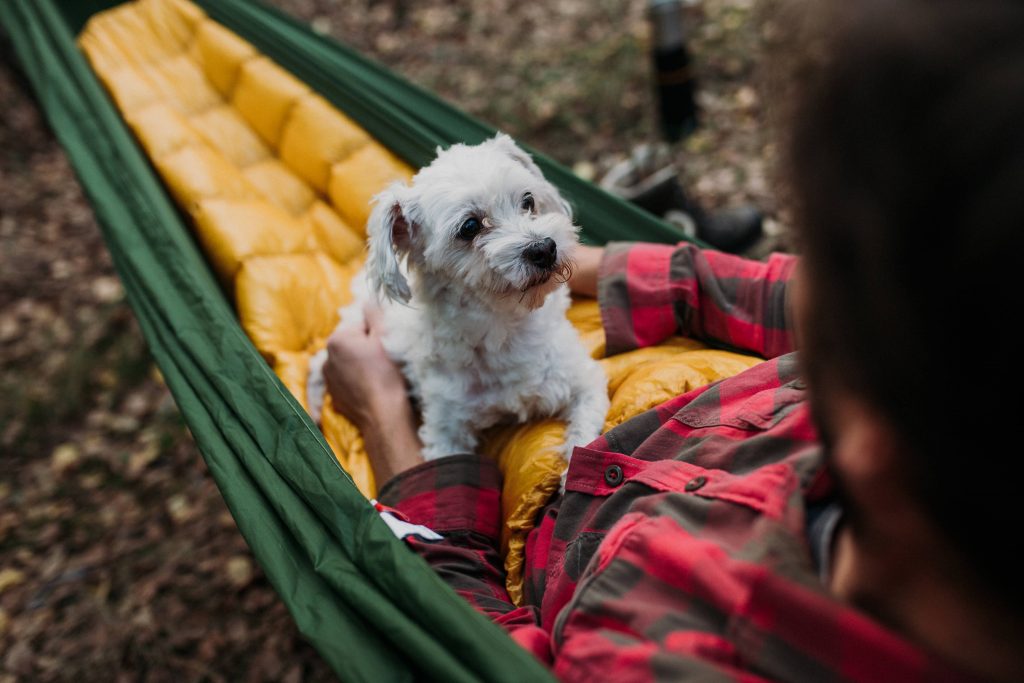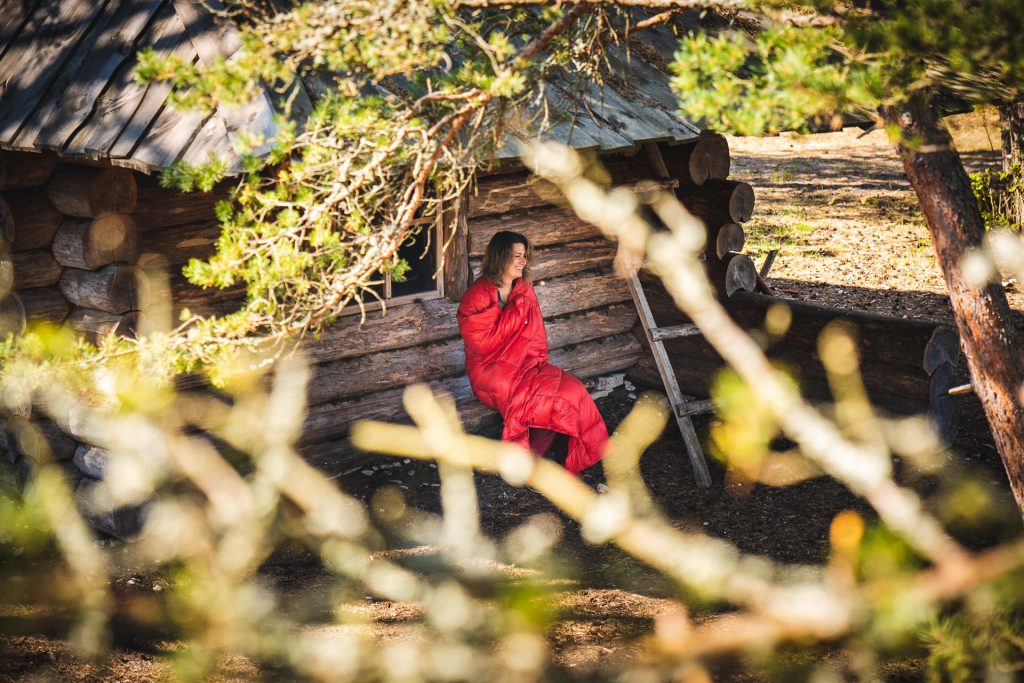
TREKKING SLEEPING BAG - HOW TO CHOOSE THE PERFECT ONE?
Mountain hikes can be addictive. In many people's lives, there comes a moment when a one-day trip is simply not enough. Longer expeditions, however, require proper preparation, so when packing your backpack, the question often arises: which sleeping bag will be suitable for the mountains? If you're wondering how to choose your first trekking sleeping bag, this article is for you!
WHAT WILL YOU LEARN FROM THIS POST?
-
- How to interpret temperature ranges on a sleeping bag?
- Which sleeping bag to choose for the mountains? Down or synthetic?
- How to choose the shape of a trekking sleeping bag?
IN BRIEF
When choosing a trekking sleeping bag, consider the temperature at the camping site. Down sleeping bags have the best thermal insulation properties and are lightweight and compact. If you prioritize low weight and small size, go for a mummy-shaped model. Remember that the size of the sleeping bag should be tailored to your height.
NEEDS ANALYSIS
If you were hoping that our text would tell you which trekking sleeping bag is the best, we have to disappoint you. Unfortunately, there is no definitive answer to this question because the needs of every mountain enthusiast are slightly different. Some prefer walks in gentle valleys and overnight stays in mountain huts, while others prefer steep ascents and camping under the stars. As you can easily guess, in each case, the answer to the question of which sleeping bag to take to the mountains will be different. The search for the perfect model is best started by determining your own needs. Below, we suggest some points worth considering.

TREKKING SLEEPING BAG - TEMPERATURE RANGE
When choosing a sleeping bag for the mountains, consider the temperature at the camping site. To make the decision easier, manufacturers usually provide four different values, but two of them are crucial. T-Limit, also known as the limit temperature, is the value that men should consider when making a purchase. On the other hand, a few degrees higher, the comfort temperature (T-Comfort) is the reference point for women who are more susceptible to feeling cold. Before making a purchase, make sure that the temperature ranges provided on the down or synthetic sleeping bag have been developed according to the appropriate standard - EN 13537 or ISO-23537. Only then can you be guaranteed that they are the result of meticulously conducted laboratory tests rather than subjective estimations by the manufacturer. If you want to know more about temperature ranges, we refer you to this article: How to interpret temperature ranges on a sleeping bag.
FILLING - DOWN OR SYNTHETIC SLEEPING BAG?
In stores, you can find down and synthetic sleeping bags. Models with natural filling are considered better as they are lightweight and have excellent compressibility and thermal insulation properties. However, this doesn't mean that synthetic sleeping bags offer poor cold protection. A synthetic-filled sleeping bag with the same temperature range will simply be larger and heavier. Down sleeping bags have only one disadvantage - when they get wet, they temporarily lose their properties. They are also more expensive than synthetic options, which can be a problem if you have a limited budget, but they are definitely more durable - a down sleeping bag can last for several seasons.
TREKKING SLEEPING BAG SHAPE
A trekking sleeping bag can have a rectangular or mummy shape. The rectangular shape offers more space inside, and when unzipped, it can be used as a regular blanket. However, it is heavier and, due to the larger amount of air to warm up, it performs less effectively in low temperatures. Such models are most commonly chosen for shorter trips with overnight stays in shelters or campsites. If you are planning a long hike with sleeping in low temperatures and are looking for a way to reduce backpack weight, go for a mummy-shaped sleeping bag. This type of sleeping bag is lighter, more compact, and fits closer to the body, allowing the interior to warm up more quickly.

TREKKING SLEEPING BAG - SIZE
Many people overlook this aspect, but the size of a down or synthetic sleeping bag significantly affects sleep comfort. In a sleeping bag that is too small, it's difficult to fasten and you can't put the hood on your head. On the other hand, in an oversized bag, it's hard to stay warm, not to mention the unnecessary burden on your back during the hike. Before making a purchase, make sure that the chosen model is available in a size that fits your height.
PAJAK TREKKING DOWN SLEEPING BAGS - RECOMMENDED MODELS
Which sleeping bag for the mountains? Let's get specific. The Polish brand Pajak offers high-quality down sleeping bags tailored to every type of activity. If you are looking for a model for sleeping in shelters or mountain huts, take a closer look at the Quest line. The Quest Blanket sleeping bag can also be used as a two-person blanket when unzipped, and the Quest 4Two is designed for hiking couples. Another interesting option is the ultralight Core 250 model, which weighs only 420 g.
What about colder temperatures? We recommend the Core 400 lightweight trekking sleeping bag, which can be used in the Polish climate for most of the year - in spring, summer, and autumn (800 g, T-comfort 0℃, T-limit -6℃). Looking for something for even colder nights? We suggest the Radical 4Z (720 g, T-comfort -1℃, T-limit -7℃), Radical 8Z (1030 g, T-comfort -6℃, T-limit -13℃), and Core 550 (900 g, T-comfort -3℃, T-limit -9℃) models. If that's still not enough, check out the article on winter sleeping bags.
You can find all the mentioned models at pajaksport.pl.
Photo source: pajaksport.pl
a